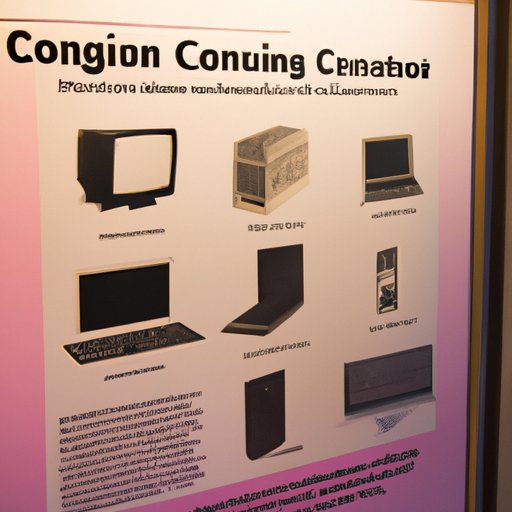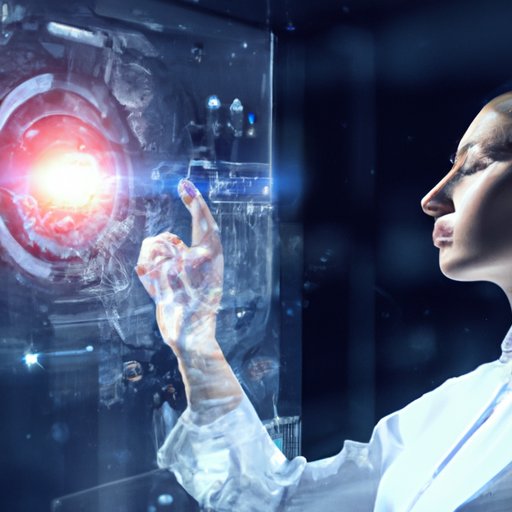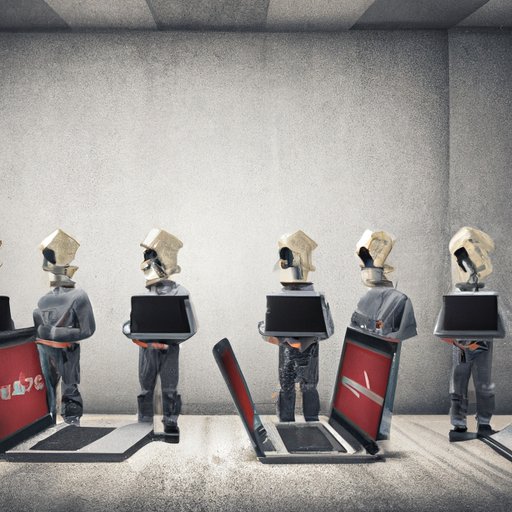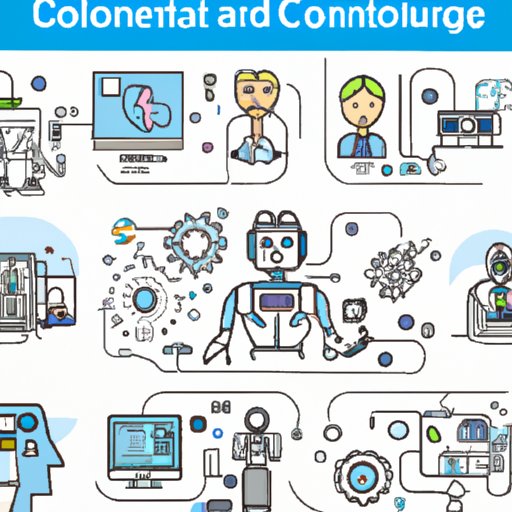Introduction
Computing innovation has been at the forefront of technological advancement for decades. From the early days of computers to the modern era of artificial intelligence, cloud computing, robotics, and automation, computing technology has revolutionized the way we live, work, and play. In this article, we will explore what computing innovation is, its history, and the current and potential impacts it could have on society.

A History of Computing Innovations
The history of computing innovation can be traced back to the 1950s when computers were first developed. The first computers were bulky, expensive machines that took up entire rooms and used punch cards to input data. In the late 1960s, the first microprocessors were developed, allowing for smaller, faster, and cheaper computers that could fit on a desktop. These early computers laid the foundation for the development of the personal computer in the 1970s and 1980s, which revolutionized the way we interact with computing technology.
In the modern era, computing technology has become increasingly powerful and ubiquitous. Advances in artificial intelligence (AI) and machine learning have enabled computers to learn and adapt to new situations. Cloud computing has made computing resources accessible from anywhere in the world. Robotics and automation have allowed computers to take on more complex tasks than ever before. All of these technologies have combined to create an entirely new landscape for computing innovation.

Exploring the Latest in Computing Technology
Artificial intelligence (AI) and machine learning are two of the most exciting developments in computing technology. AI is a branch of computer science that focuses on creating intelligent machines that can learn and adapt to new situations. Machine learning is a subset of AI that uses algorithms to analyze large amounts of data and make predictions or decisions based on that data. AI and machine learning are being used in a variety of applications, such as self-driving cars, facial recognition, and natural language processing.
Cloud computing is another important innovation in computing technology. Cloud computing provides access to computing resources over the internet, allowing users to access, store, and share data from any location. This makes it easier for businesses to collaborate and access data from multiple locations. It also allows individuals to access their files from any device, making it easier to stay connected and productive.
Robotics and automation are becoming increasingly important in the world of computing. Robots are being used to automate mundane tasks, freeing up humans to focus on more complex problems. Automation is also being used to streamline processes, making them more efficient and cost-effective. Both robotics and automation are being used in a variety of industries, from manufacturing to healthcare.

The Impact of Computing Innovations on Society
The impact of computing innovations on society is far-reaching. In the education sector, computing technology has enabled students to access information more quickly and easily. Online learning platforms such as Coursera and Udemy make it possible for students to take courses from top universities around the world. AI and machine learning are also being used to create personalized learning experiences that cater to individual needs.
In the business world, computing technology has been instrumental in driving productivity and efficiency. Cloud computing has made it possible for businesses to access data from anywhere in the world. Robotics and automation have replaced manual labor, reducing costs and increasing output. AI and machine learning are being used to analyze customer data and develop better products and services.
In the healthcare sector, computing technology has enabled doctors to diagnose and treat patients more quickly and accurately. AI and machine learning are being used to detect diseases earlier, allowing for earlier intervention. Robotics and automation are being used in surgical procedures, reducing the risk of human error. Cloud computing is also being used to store medical records, making them more accessible and secure.
The Future of Computing Innovation
As computing technology continues to evolve, there is no telling what the future holds. Emerging technologies such as quantum computing and 5G networks promise to revolutionize the way we interact with computing technology. AI and machine learning will continue to advance, making it possible for computers to think and act like humans. Robotics and automation will continue to be used in a variety of industries, replacing manual labor and freeing up humans to focus on more complex tasks.
The potential for computing innovation to impact society is immense. With the right investments and policies in place, computing technology could be used to improve healthcare, education, and business. It could also be used to solve some of the world’s most pressing problems, such as climate change and poverty. The possibilities are endless, and the future of computing innovation is sure to be filled with excitement and opportunity.
Conclusion
In conclusion, computing innovation has come a long way since the early days of computers. From AI and machine learning to cloud computing, robotics, and automation, computing technology has revolutionized the way we live, work, and play. Its potential to impact society is immense, and the future of computing innovation promises to be full of possibilities.
(Note: Is this article not meeting your expectations? Do you have knowledge or insights to share? Unlock new opportunities and expand your reach by joining our authors team. Click Registration to join us and share your expertise with our readers.)
